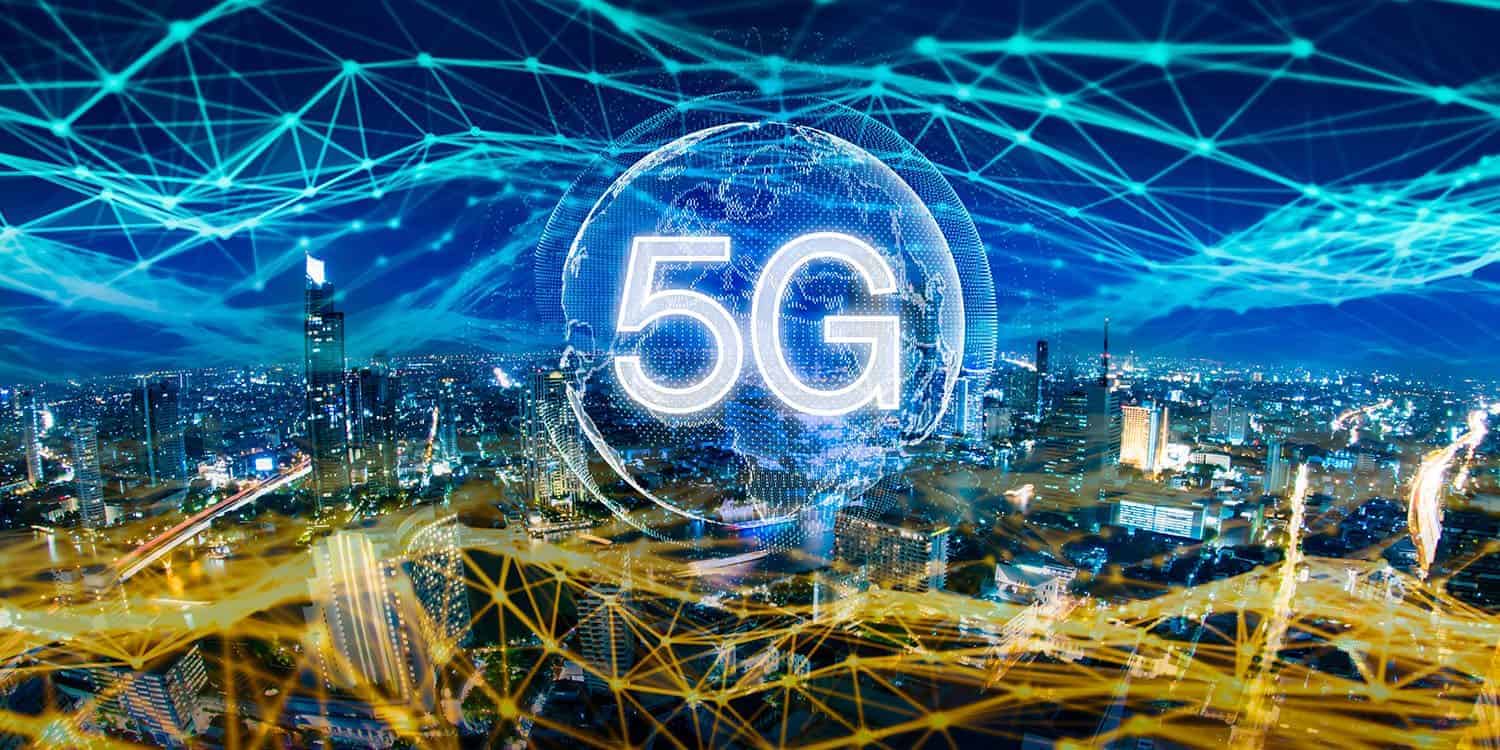This article discusses the topic of 5G radiation, which is a non-ionizing electromagnetic radiation. Since 5G radiation is small, it does not have the capacity to break the chemical bonds of biological tissues or cause any alteration to cells. It is not known whether the effects of 5G radiation alter the risk of skin cancer. No evidence exists to suggest it may cause other illnesses.
Radiation from high-frequency millimeter waves
High-frequency millimeter wave radiation emitted by mobile devices and wireless networks could cause health effects to humans. There are a few different ways this radiation could cause harm. In some cases the radiation could cause damage to someone's DNA. In other cases the radiation may cause harm to other areas within the body including the brain.
Recent studies have revealed that 5G technology may induce thermal heating in tissues. This is why scientists from International Council on Non-Ionizing Radiation Protection (ICNIRP) has asked to review the current safety standards for biological and thermal safety. The current exposure standards don't protect people from excessive heating when exposed to pulsed millimeter wave radiation.
does 5g emit radiation

There is no definite answer at present to the question of whether the 5G radiation could cause skin cancer. It is however believed that 5G RF-EMFs behave like high-LET ionizing radiations. In turn, they can produce high levels of free radicals within the skin. The FCC hasn't issued any specific guidelines on the dangers of 5G technology. Consequently, the debate is ongoing.
While there are plenty of studies regarding the impact of radio waves that are higher frequency on the health of humans, they have remained largely restricted in their scope. However, there is concern over the effects of millimeter-wavelength exposure on oxidative stress and gene expression. These effects may extend to the skin as well as other organs, including the brain.
Impact on other diseases
The latest generation of technology for wireless, 5G, is rapidly expanding, but scientists are concerned about the potential health risks. The technology will significantly increase the quantity of electromagnetic radiation that is found in our surroundings. This issue has led to debates in a variety of countries including Switzerland. In September 2017, 390 scientists and doctors supported a motion for an end to 5G deployment. The motion was not taken seriously by the European Commission, which is in charge of controlling the use of 5G technology.
In 5g radiation symptoms , it is necessary to conduct more research to determine the health impacts of 5G. In the meantime, studies have shown that 5G does not cause the same negative effects in humans as the radiation from older mobile networks. It also does not spread an entirely new strain of coronavirus. Furthermore, it does not make people more susceptible to viral infections.
The measurement of exposure
The measurement of the radiation exposure of 5G is an essential component of ensuring the safety of 5G networks. There are two methods to measure exposure. 5g towers radiation is to measure the RF power that is absorbed by human tissues. The other is measuring the amount of radiofrequency energy released from an object. Radiation frequency energy (RF) is an energy field that is emitted from radio transmitters.
Within the United States, the FCC has set a limit on the energy density of 5G mobile devices. These tests only determine power density at the distance of several inches, and it is the FCC does not require measurements of each beam. However how much power is generated by each beam is estimated through computer simulation. The worst case scenario is then determined depending on the design of each beam.
Study limitations
There has been a lot of debate about whether 5G radiation will affect human health. For instance, the Swiss government, for instance, has produced an analysis that concludes the technology has no negative health consequences in the short term, however, there aren't any studies that show long-term impacts. However, this report also has a variety of issues that include biased reports.
The strength and frequency of radio waves that transmit energy will depend on the frequency. The energy carried by a millimetre-wave will be identical to the current radio waves however, they're less visible and will be ideal for high-density settings because they cannot be obscured by walls or glass. Highly dense urban areas will require many small, low-power sites, while suburban areas would be better served by 5G stations operating at lower frequency.
